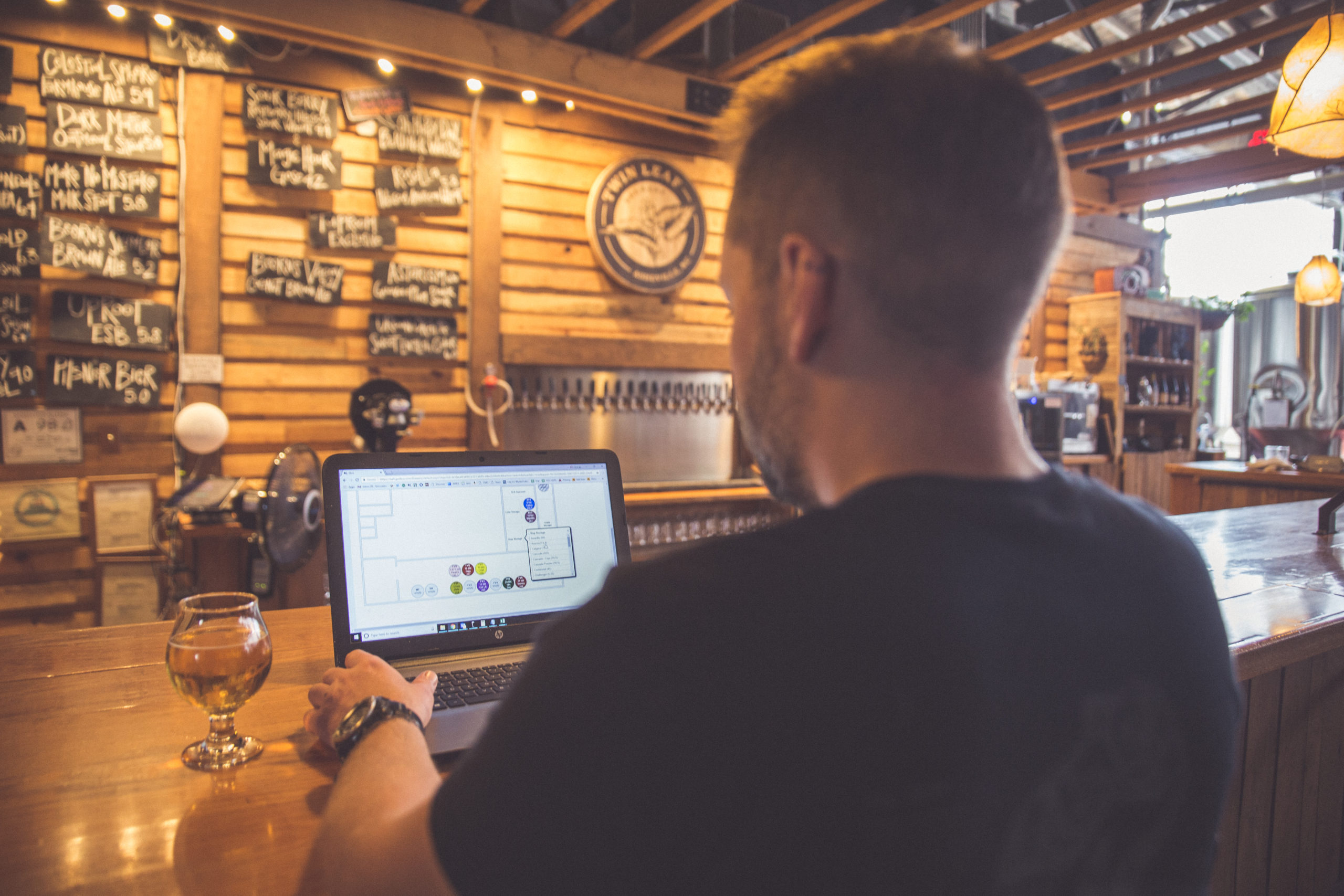In the first two parts of the Budgeting Basics series, I covered types of budgets and how to use them and how to build a budget for your brewery, winery, or cidery. In this final installment of the budgeting basics series, I’ll cover the budgeting process in depth, including a proposed timeline and best practices for developing budgets for every department.
Table of Contents
Managing the Project of Building a Budget
Who Does What?
Broadly speaking, there are three parts of the budgeting process:
- Create departmental budgets
- Consolidate
- Refine
Start by having your CFO create spreadsheet templates for your revenue center department heads to complete. This is usually your sales director and restaurant manager or taproom manager. Come to a consensus on sales and get approval for the projected sales from your CEO. Then provide a template to your head of production to work on the production schedule, raw materials, and labor budgets.
Meanwhile, the restaurant general manager (or taproom/tasting room manager), marketing manager, and sales director work on their cost budgets. The CFO puts together an administrative budget and a capital expenses (capex) budget.
All of these budgets are compiled and the leadership team will have its first opportunity to see if the math works. Are sales projections so great that you cannot fulfill them in your current footprint? Will cash flow support the desired capex spends? Consider alternatives and refine as needed. Do this two or three times before you have a final budget.
Budget Calendar
See below for a suggested timeline for the budget process. Expect the process to take two to three months.
How to Budget Raw Materials
In your production planning software, export a report for the average COGS per unit (barrels, case equivalent, etc.) per brand of beer, wine, or cider produced in the prior year. Then use this average historical unit cost and multiply by the quantity of brand sold each month. Be sure to account for changes to raw materials costs driven by change in packaging materials, choice of vendors, change to bulk discounts, cost increases due to inflation, etc.
Here’s how to create the COGS spreadsheet:
- One tab lists each brand in rows and COGS per BBL (or CE) in a column.
- A second tab should be a copy of the sales forecast rollup (in BBL or CE) by month from the sales budget.
- The third tab will be the product of COGS per BBL (or CE) times the quantity budgeted to be sold.
- The total from the third tab is the budgeted raw materials COGS for wholesale sales.
Establishing a Template for a Restaurant or Tasting Room
The budget template for a restaurant or tasting room often starts with assigning costs as fixed or variable, and then forming assumptions on how those costs will increase or decrease based on historical data. The budget template should be formula-driven so that the restaurant or tasting room manager is filling in cells related to how a line item will increase or decrease.
Here are more detailed instructions:
- Generate the P&L for the restaurant division by month for the trailing 24 months. Export to Excel or another spreadsheet program.
- Add key percentages:
- COGS % relative to that category’s revenue
- Gross margin %
- Year-over-year change
- Add a column to the left and assign each COGS and expense account as fixed or variable
- The second tab will be for assumptions.
- Copy all COGS and expense accounts into Column A.
- In column B, the restaurant or tasting room manager should add the percentage by which they believe this cost will increase or decrease.
- Column C allows for the manager to note any details not captured elsewhere in the model, but which may be relevant.
Note: The first tab should be formatted so that forecasted year expenses are derived from historical data and assumptions for the coming year. For example, if tasting room labor is expected to follow the same trends annually and also increase by 5%, the formula for the January forecasted tasting room labor would be an average of January from the two prior years’ data times the 5% increase from the second tab.
Pulling It All Together
After departmental budgets are created, the CFO will consolidate them all into one master budget. Every department budgeted P&L will be a separate tab in the same Excel workbook. Create one summary P&L that combines data from the departmental tabs. Once the consolidated P&L is created, a Balance Sheet and Statement of Cash Flows can be forecasted.
Seeing all data accumulated into a set of financial reports will reveal areas that need to be adjusted. Do you need to add capex to achieve the sales goals? Are there months where cash is falling too low? Are you still able to meet bank covenants every quarter?
Answering these questions and developing solutions to problem areas will require the leadership team to work together. After a few rounds of revision, the result is an intentional roadmap that leads the company closer to its goals.




